Several decentralized finance (DeFi) developers have joined hands to roll out non-custodial liquidity markets on the layer-2 Base network. Their goal is to leverage trustless smart contracts that can automatically link liquidity pools to specific borrowing strategies.
The brains behind this venture include developers from Seashell, RNG Labs, and Loreum Labs. They've also teamed up with collaborators and advisers from projects like Ampleforth and Uniswap. Together, they've constructed the Seamless Protocol, an offshoot of Aave v3. This unique protocol allows for smart contracts with set borrowing strategies to carry out on-chain borrowing without needing full collateral.
Drawing a parallel to traditional finance, a Seamless spokesperson likened Borrowing Strategies to specialized loans, such as those for houses, cars, or education. The lender is well aware of the liquidity's purpose, and the borrower can't divert it to other uses.
While the idea of undercollateralized borrowing is not fresh in the cryptocurrency arena, the current practice often melds off-chain and on-chain actions. For instance, if someone wants a loan from Maple Finance, they would first hammer out the details with Maple's representatives. Only after this off-chain discussion would a loan be formally issued on-chain.
Seamless's angle focuses on this gap. They argue that many borrowers are crystal clear about their liquidity needs. Hence, Integrated Borrowing Strategies are designed to merge these processes. Since these strategies are embedded in on-chain smart contracts, those providing the liquidity can see exactly where their funds are going.
Not just limited to specific purposes, the Seamless Protocol also incorporates general-purpose loans. However, these follow the typical DeFi lending standards, mandating overcollateralization.
In Seamless's view, their approach aligns better with DeFi's essence than on-chain reputation metrics or identity proofs like the WorldCoin's identity verification system. According to a contributor from Seamless, the optimal conditions for undercollateralized borrowing can be achieved through a system that operates from one smart contract to another, emphasizing the core principles of cryptocurrency and DeFi, which prioritize code trustworthiness above human reliability.





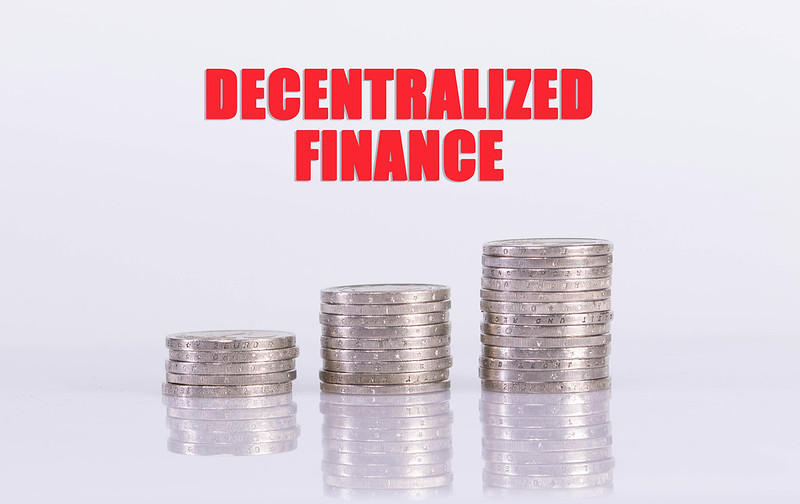




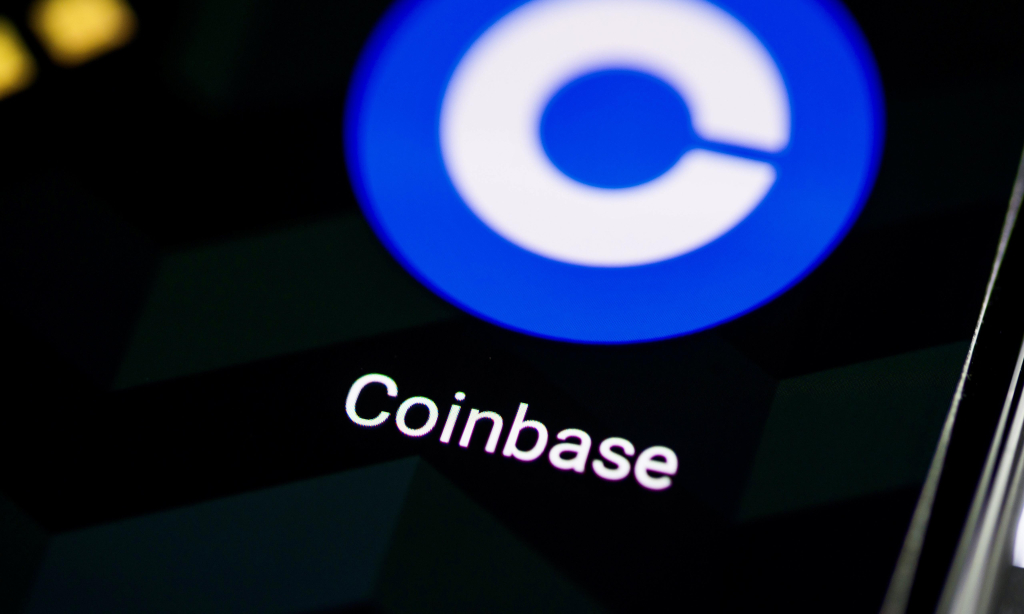


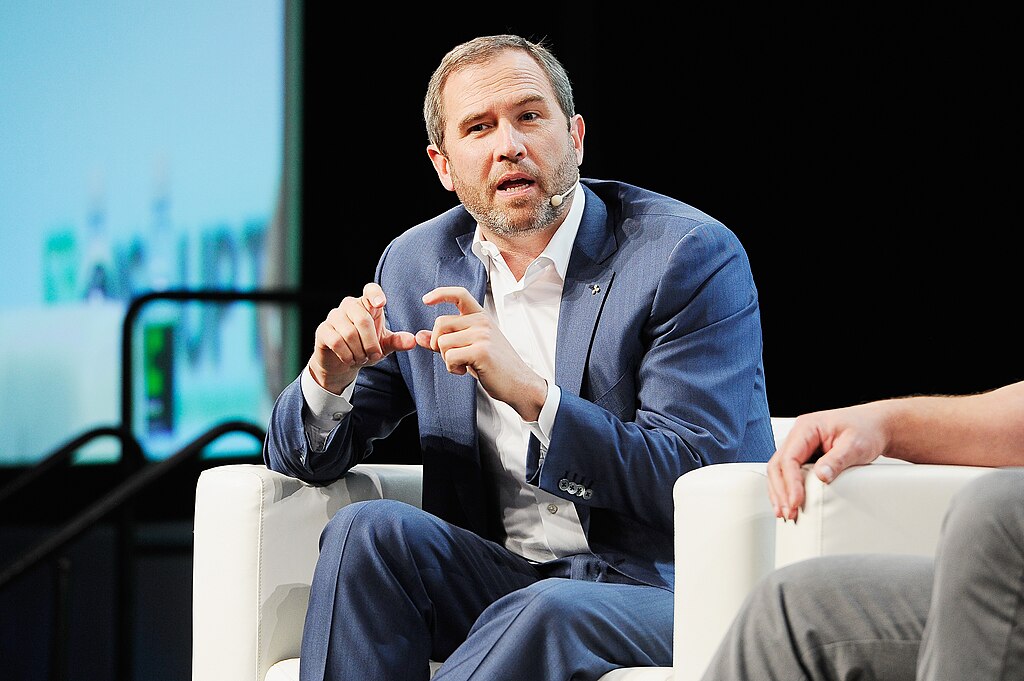








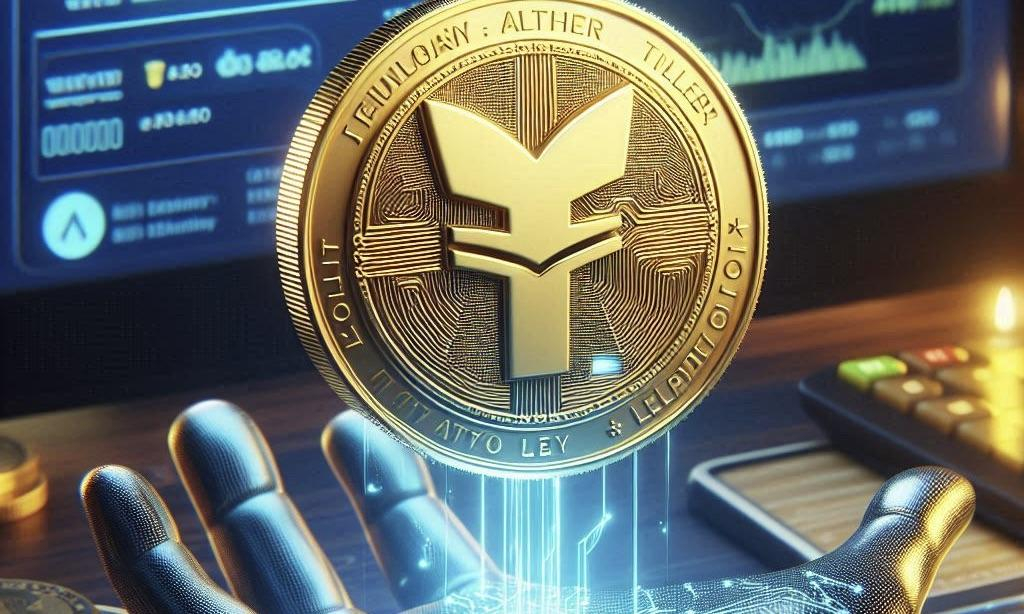
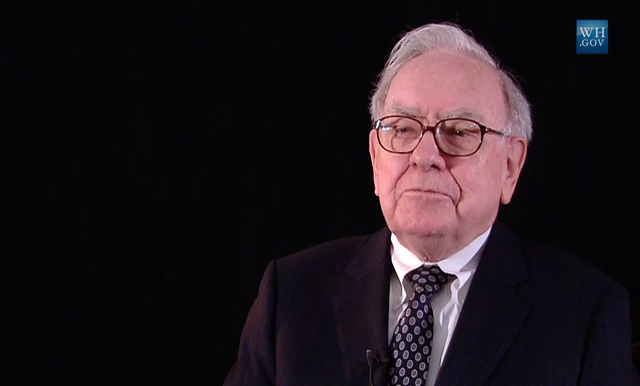
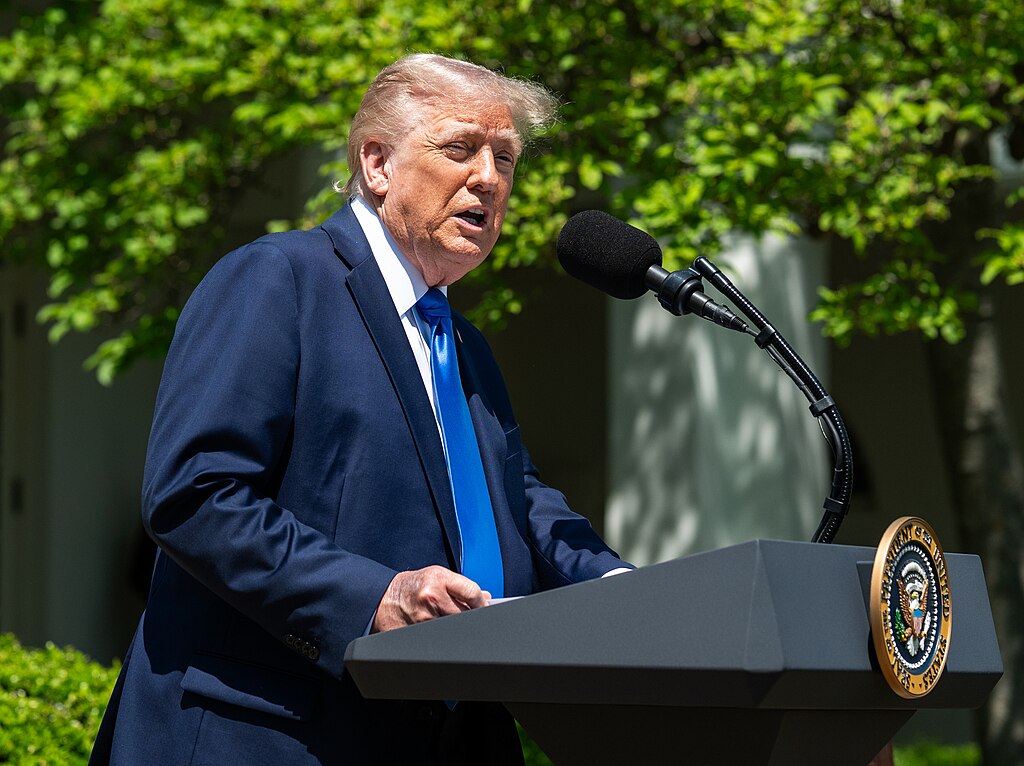

Comment 0